it's quite painful how beautiful and harmless seeming organisms and things can cause really lethal effects that most time might result in the death of ones we love. Amazingly nature is flooded with this beautiful but expert killers. One would obviously have come across expose posts or videos on so many animals which look harmless and beautiful yet their toxins are death's own fingers.
These creatures exhibit these characteristics as mechanisms for preservation or as defense mechanisms.
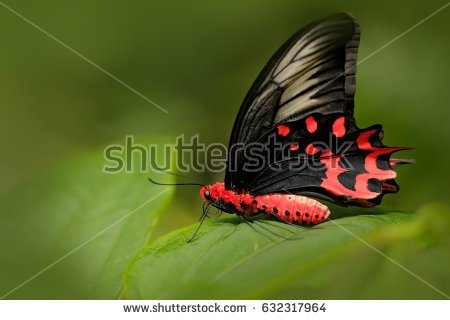
But in this post i'll be focusing on poisonous plants.
so what are poisonous plants?
Poisonous plants are those plants that produce toxins that deter herbivores from consuming them. Plants cannot move to escape their predators, so they must have other means of protecting themselves from herbivorous animals. Some plants have physical defenses such as thorns, spines and prickles, but by far the most common type of protection is chemical
source
The characteristics are usually thorny leaves, bright colourful petals signalling not only to predators as threats but to humans also. But we usually confuse these bright colourful warning as beauty and instead of staying away from these plants or animals we otherwise get attracted and most of us even take them as pets and for flowers we occassional plant them in the gardens and in our living rooms, oblivious of the dangers that they pose. On the other hand some people are quite unaware of these lethal plants.
how they affect us
Most of these plants like are earlier mentioned possess some lethal features, these features were originally developed as adapted defense mechanisms against herbivores, however, humans especially infants get to ingest these toxic plants and suffer a wide range of ailments and or eventually die. below are plants that exist around us that are quite lethal and we still keep them around.
NUMBER ONE
RHUBARB
rhubarb is an amazing plant used for not only as vegetables but also as medicinal plants however the leaves are avoided.
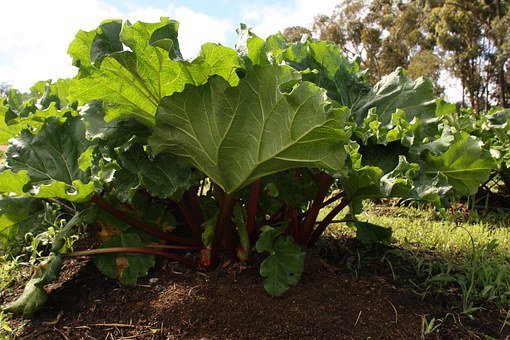
The garden vegetable's stems make for delicious pies, but don't try using leaves. Eating too much will shut down the kidneys, occasionally proving fatal.
source
Rhubarb leaves are said to contain poisonous substances, such as oxalic acid, which is a corrosive acid and is toxic to the nephrons and this is present in many plants.
if you don't know what nephrones are
they are a vital part of the kidney, used in ultrafiltration of urine.
NUMBER TWO
Dieffenbachia
i usually see this plant used as an ornametal plant, place in the living rooms, gardens e.t.c however, this plant is a dangerous one, like others afforementioned, it also possesses toxins.

source
The cells of the Dieffenbachia plant contain needle-shaped calcium oxalate crystals called raphides. If a leaf is chewed, these crystals can cause a temporary burning sensation and erythema. In rare cases, edema of tissues exposed to the plant has been reported. Mastication and ingestion generally result in only mild symptoms. With both children and pets, contact with dieffenbachia (typically from chewing) can cause a host of unpleasant symptoms, including intense numbing, oral irritation, excessive drooling, and localized swelling
source
this plant is capable of killing an infant within 15minutes if unattended to.
NUMBER THREE
Daffodil
The bulbs of a daffodil are believed to be the most poisonous part of these friendly flowers, so you might want to think twice about really planting these flowers especially if you have a dog who likes to dig. If ingested too much, it could cause vomiting, diarrhea, convulsions, tremors and cardiac arrhythmia.
NUMBER FOUR
white baneberry
i haven't particularly seen this one in a living room but i must have seen it once or twice in or near a garden(i might be wrong about that, who knows?).
All parts are poisonous, especially the berries, the consumption of which has a sedative effect on cardiac muscle tissue and can cause cardiac arrest.
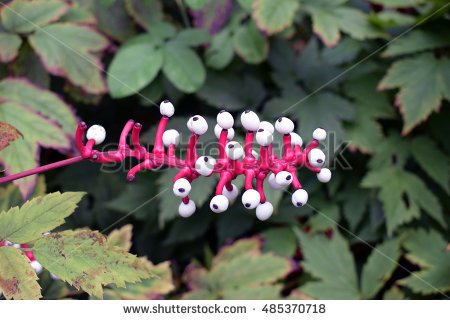
source
NUMBER FIVE
BLOSSOMS
also known as hydrangea
i'm not sure if all blossoms are poisonous but these ones below are notoriously so.
These popular blossoms contain a toxin that's no joke: cyanide. But don't uproot your plant just yet. Pets and humans need to ingest quite a bit of these flowers for the effects to be fatal.
NUMBER SIX
LILLY OF THE VALLEY
this plant Commonly known as lily of the valley.
This beauty has Contains 38 different cardiac glycosides. you sure know what that means thats death winking
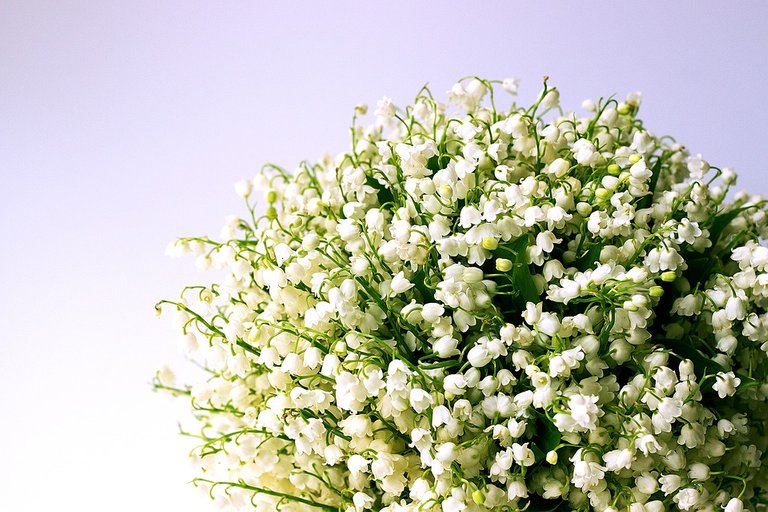
source
NUMBER SEVEN
Oleander
It derived it's name from it's superficial resemblance to the unrelated olive Olea.
Oleander is a vigorous grower in warm subtropical regions, where it is extensively used as an ornamental plant in parks, along roadsides and in private gardens. It is most commonly grown in its natural shrub form, but can be trained into a small tree with a single trunk.
(source)[https://en.wikipedia.org/wiki/Nerium]
BUT IF INGESTION OCCURS?
There are three important steps to follow if such plants are ingested
one
induce vomitting although this is not advisable in all cases
this helps to obviously remove the ingested plant for the stomach
two
the most effective first-aid treatment to this is giving the victim enough milk or water to coat the stomach from the toxins and possible irritants like dispersal mechanisms on the leaves which can induce irritation.
I hope this was helpful?
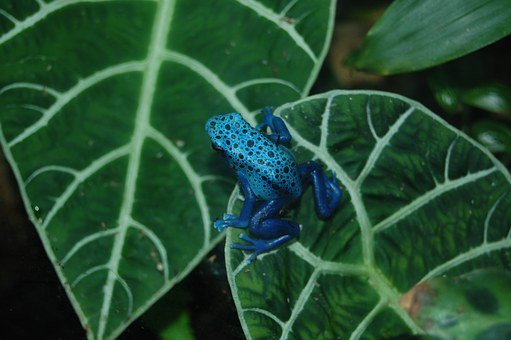
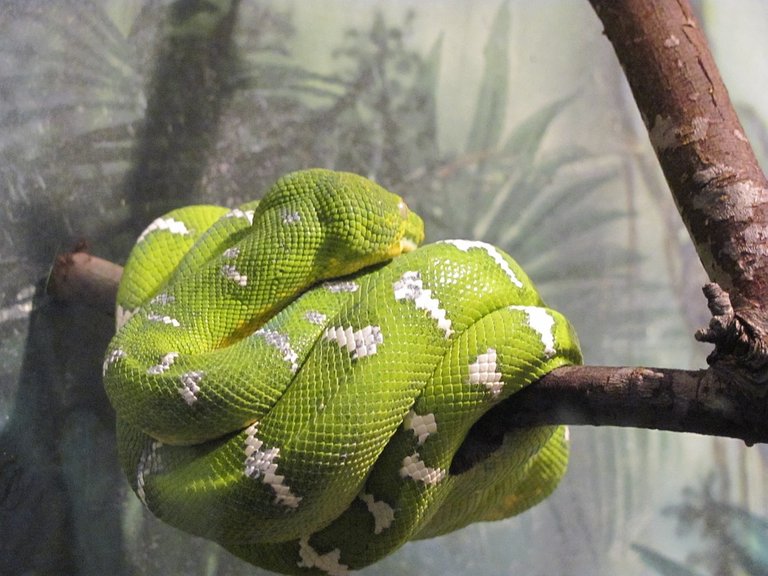

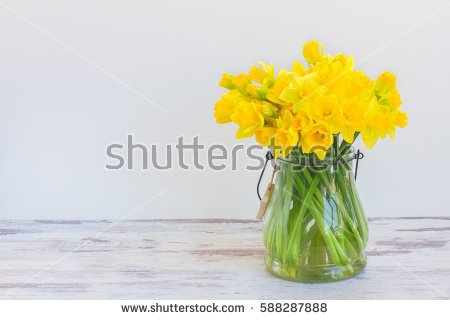

This was highly educating @estrellamag.. Never knew Lilly of the valley was poisonous.. Good job dear
thanks boss
Yes, we must be careful with these plants, especially with dieffenbachia which is an appreciate indoor plant!
At least I can add two more plants to this list:
And so many other plants that are hazardous!
yes thanks for this addition, i would have added them but i wasn't too sure about their hazards. belladona really rings a bell, when it comes to toxins. thanks for reading
This is really an eye opener , welldone..keep writing well
Thanks so much ma'am i learn well from you
Very educative. Although some of those plants are not found in abundance here. That's the good news